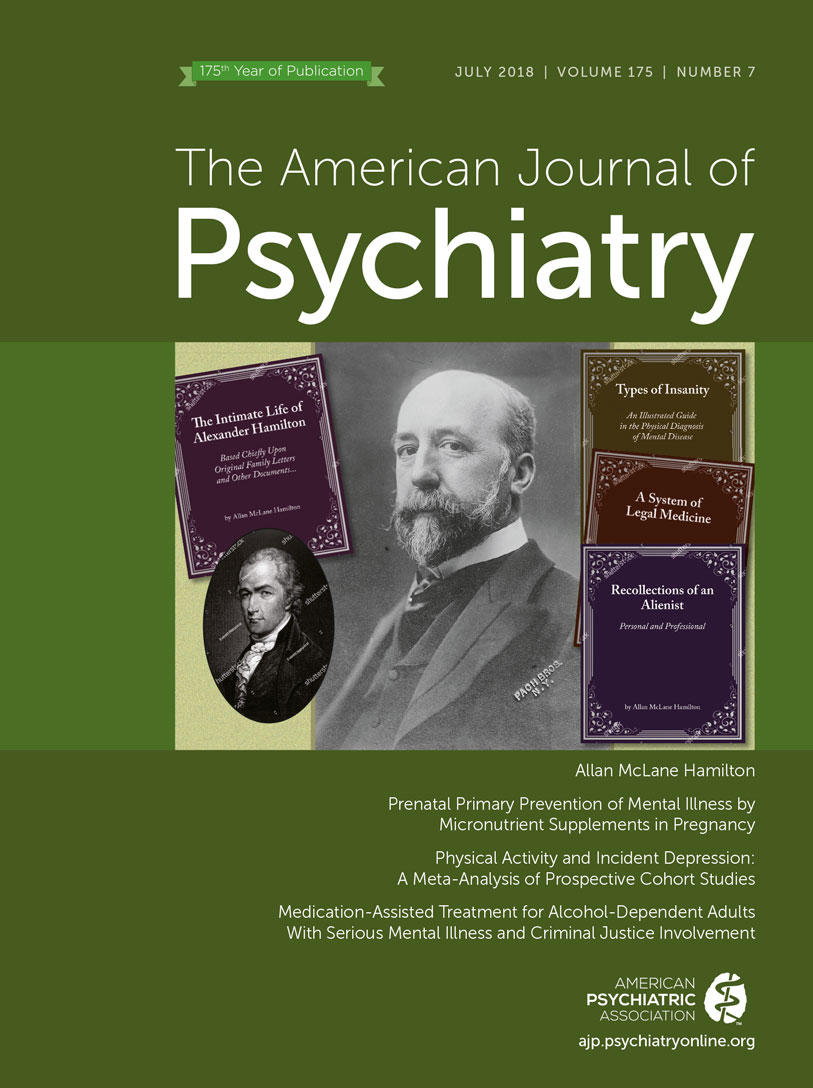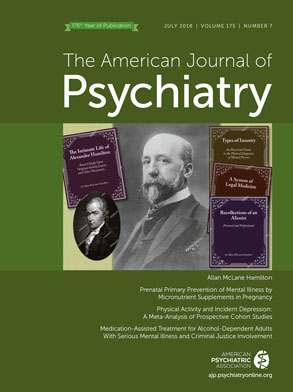Patients suffering from posttraumatic stress disorder (PTSD) diverge significantly with respect to the types and intensities of traumas they’ve experienced, the developmental stages at which they were traumatized, their innate temperamental vulnerabilities, psychiatric and medical comorbidities they carry, and an assortment of other biological, psychological, and social factors affecting their course, outcomes, and responses to different treatments. Similarly, psychosocial and biological therapies for PTSD vary greatly within and among themselves and with respect to how they are applied to individual cases.
Despite the fact that cognitive-behavioral therapy (CBT) and trauma-focused therapies such as prolonged exposure therapy, cognitive processing therapy, and trauma-focused CBT are often viewed as gold-standard treatments for PTSD, evidence to conclusively demonstrate their clear superiority to other forms of psychotherapy for these conditions has been elusive (
1). Indeed, some studies report certain non-trauma-focused psychotherapies to be equivalently effective, while reporting lower dropout rates, perhaps due to better tolerability by patients who are easily emotionally destabilized by having to confront their traumas before they are fully ready to do so.
Enter interpersonal psychotherapy (IPT), a sensible, pragmatic, easy to learn, user-friendly, time-limited psychotherapy that focuses on real, imagined, and threatened loss, interpersonal conflicts, role transitions, and interpersonal deficits. IPT respects a medical model requiring thorough assessments and comprehensive treatment plans, including medications, and suitable attention to all comorbid conditions. A substantial body of literature supports its effectiveness for unipolar nonpsychotic depression in a variety of demographic populations, at various ages, and in assorted life situations.
Initial results of a large, carefully conducted randomized controlled trial funded by the National Institute of Mental Health and led by John Markowitz at Columbia University showed that, compared with prolonged exposure therapy, IPT produced roughly equivalent results as prolonged exposure therapy for patients with chronic PTSD (
2). On average, these patients were 40 years old, had experienced their primary trauma 14 years previously, and were mostly chronically interpersonally traumatized; half had comorbid major depression, and nearly half had personality disorders, representing garden-variety patients seen in mental health care settings. Overall, the patients preferred IPT, which also produced fewer dropouts and achieved greater response rates for patients with comorbid depression.
This work suggested that IPT might merit a seat at the table when treatment strategies for PTSD are under consideration. Based on these results, Markowitz, for several decades one of our leading IPT researchers, scholars, and advocates, now offers us a highly informative and useful treatment manual demonstrating IPT’s application for PTSD.
Here, IPT is adapted to address several PTSD-specific issues. Therapists address affective reattunement (helping patients identify and face their emotions), focus on the interpersonal aftereffects of trauma, encourage patients to mobilize social supports, and focus on other interpersonal macro and micro issues pertinent to the trauma, all while embracing the trans-theoretical common factors of effective psychotherapies. Chapter after chapter details these processes with rich clinical examples and session-by-session verbatim script extracts. The book includes prescriptions of useful things to do and not to do, training discussions, patient handouts, and discussion of next steps, including efforts to understand parallel healing processes between IPT and exposure-based treatments. Ultimately, fruitful considerations would also address determining which aspects of which therapies together with which medications would be most useful for which patients at which particular times during their course.
Given how frequently practitioners treat patients with PTSD and considering IPT’s practical and humane approach, the respectable clinical response rates demonstrated here, and its high patient acceptance, I’d advise a wide range of clinicians to acquaint themselves with IPT’s application for these conditions. Showing the hand of a thoughtful, experienced, wise clinician and scholar, this well-written volume is an excellent place to start.


